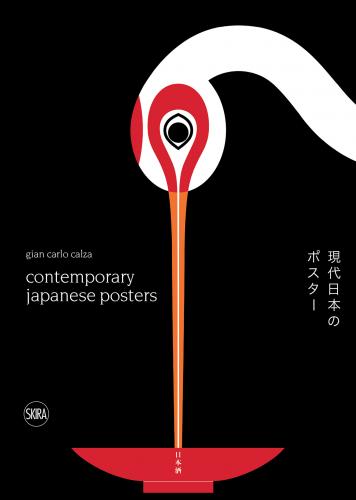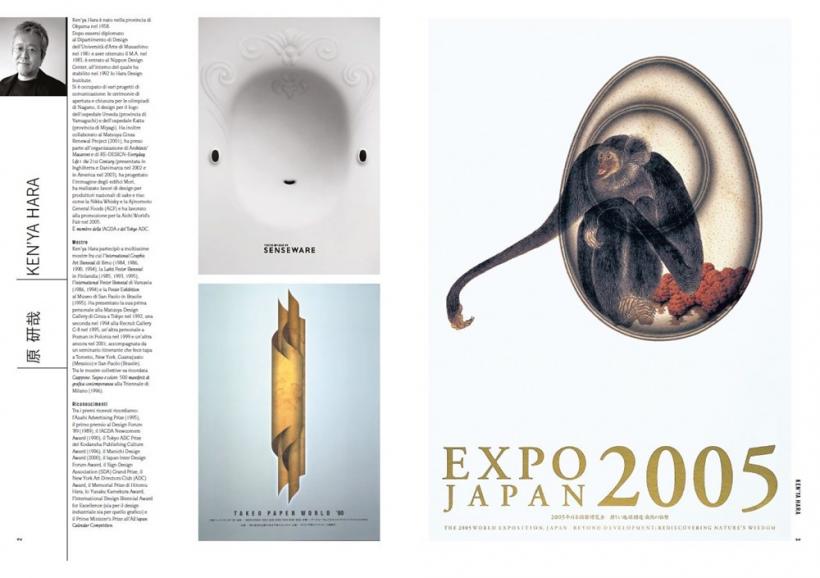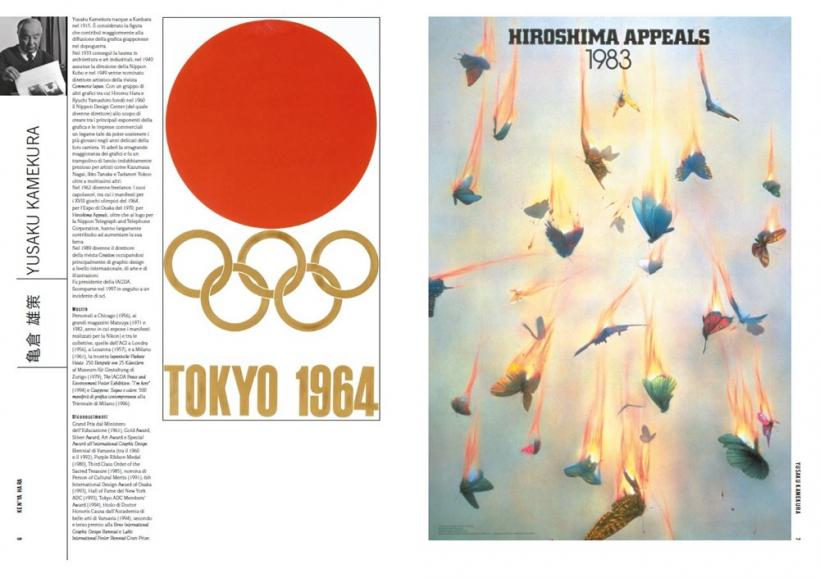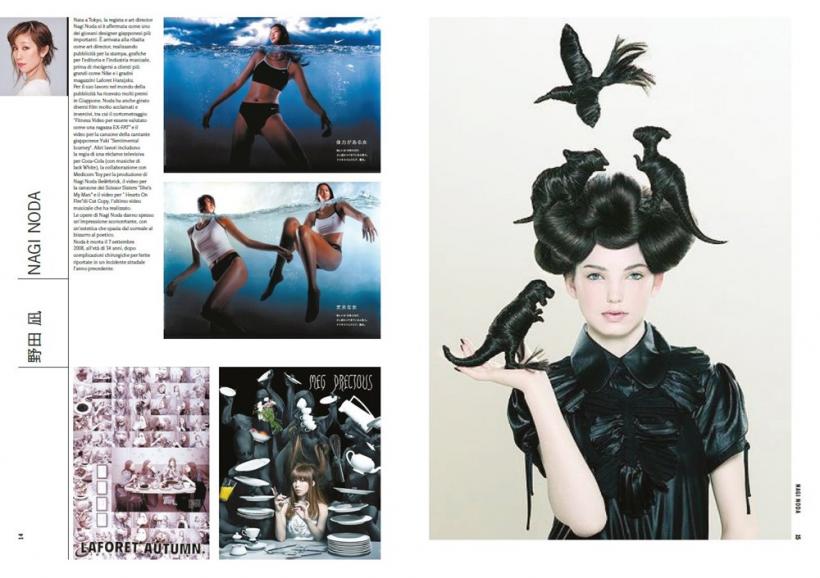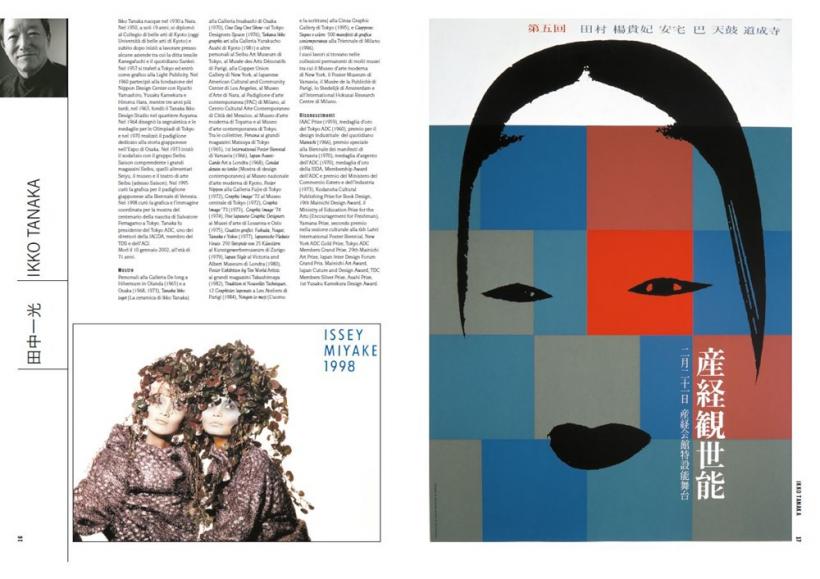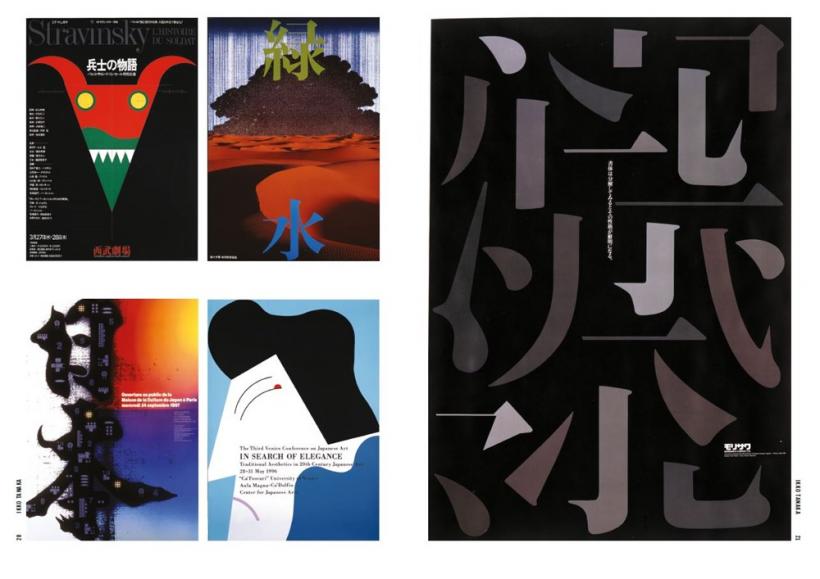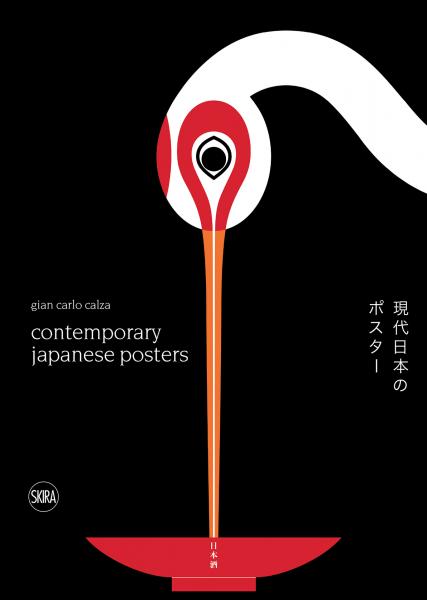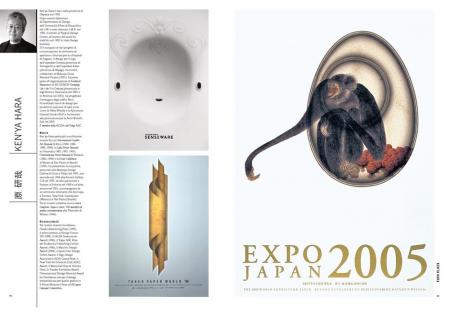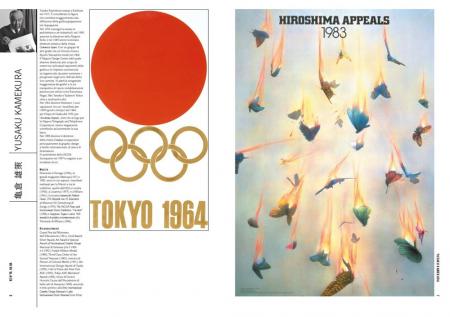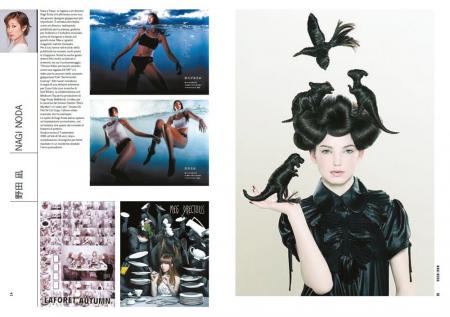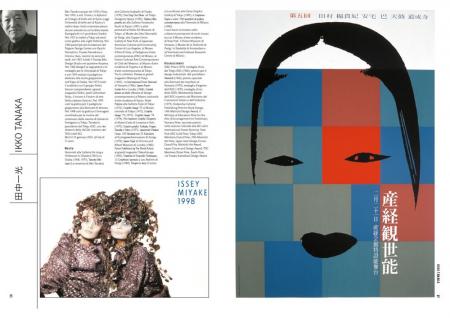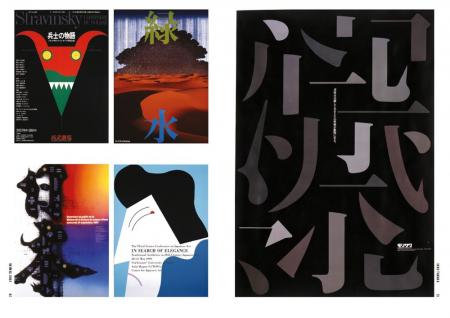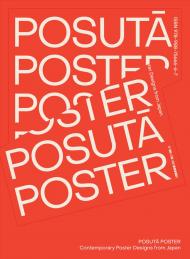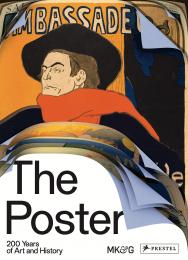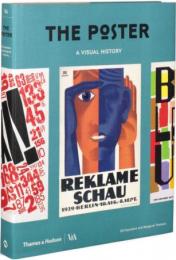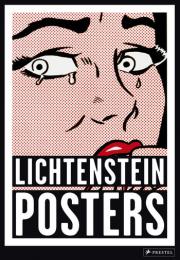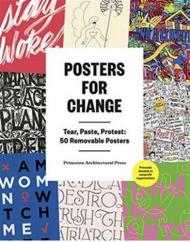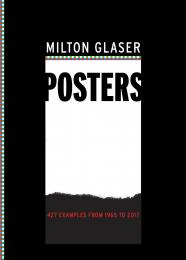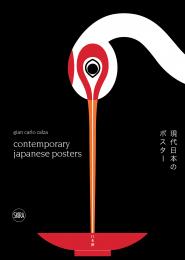The most complete volume on the subject in any language Japanese graphic design has been researched and published in Italy up to the first decade of the new millennium, but there is a gap from then to today.
edited by Gian Carlo Calza with Elisabetta Scantamburlo
This research aims at filling that gap considering the first two decades of the new millennium, covering on one side the past, in the names of important recognized masters, and on the other side exploring new names and trends. The volume includes 85 graphic designers and 756 posters. It is the most complete volume on the subject in any language.
Japanese contemporary posters are considered to have started in the mid 50’s, after the Second World War and following a period of depression, post-militarism, and post-autarchy. The new expressive mode was fuelled by stimuli coming from abroad, but it was also a chance to reinterpret traditional themes and colours, bringing them into modernity in refreshing and successful ways.
Since the post-war period, Japan has seen a rapid evolution in the arts: painting, architecture, sculpture, graphics, theatre, music, and cinema. Influences, assimilations, denials, transformations, new creative processes gave rise to a vast quantity of cultural and artistic movements. In this maze of expressive forms, graphic design is a precious tool for tracing and following the thread of national creativity and the more or less intense permanence of traditional aesthetic sensibility in the new forms taken.
Over half a century after the inception of graphics and with the coming Olympic Games taking place now in 2021, this volume aims at taking a wide view at the trends and aesthetic shifts that can be traced in the development of graphic design in Japan.
______________
This book brings together the best of Japanese graphic design in the posters that accompanied Japan from the 1964 Tokyo Olympics to the creation of the Issey Miyake logo, and from the Osaka Expo to the official poster for the Pan-Pacific Design Congress. Ken’ya Hara was born in the province of Okyama in 1958. After graduating from the Department of Design at Musashino Art University in 1981 and obtaining his M.A. in 1983, he joined the Nippon Design Center where he established the Hara Design Institute in 1992.
Yusaku Kamekura was born in Kanbara in 1915. He is considered to be the figure who contributed most to the spread of Japanese graphic design in the post-WWII period. He graduated with a degree in architecture and industrial arts in 1933; in 1940, he became the director of Nippon Kobo and in 1949 he was appointed artistic director of the magazine Commerce Japan. His most important designs, including the posters for the 1964 Olympic Games, the 1970 Osaka Expo, the Hiroshima Appeals, and the logo for the Nippon Telegraph and Telephone Corporation, all made a significant contribution to increasing his fame.
Shin Matsunaga was born in 1940 in Tokyo. After graduating in 1964 from the department of design at Tokyo National University of Fine Arts and Music, he joined the advertising division at Shiseido. He designed the PEACE ’86 poster and curated all the graphic design for the Sezon Museum of Modern Art. He also designed the symbol and official poster for the 1989 Pan-Pacific Design Congress, the human rights poster commemorating the 200th anniversary of the French Revolution, the medal for Mint’s 120th anniversary, the logo for Issey Miyake and RHIGA Royal Hotels, and the package design for the French cigarette brand Gitanes Blondes (1995).
Film director and art director Nagi Noda was born in Tokyo and made a name for herself as one of the most important young Japanese designers. She first achieved fame as an art director, designing publicity for the print media and graphics for publishing and the music industry, before working for bigger clients such as Nike and the Laforet Harajuku department stores. Ikko Tanaka was born in 1930 in Nara. In 1950, at just 19 years old, he graduated from the Kyoto City School of Fine Arts (now the Kyoto University of Arts) and immediately afterwards started working for companies such as the Kanegafuchi textiles company and the Sankei Shinbun daily newspaper. He designed the signage and medals for the 1964 Tokyo Olympics and the pavilion dedicated to Japanese history at the 1970 Osaka Expo.
